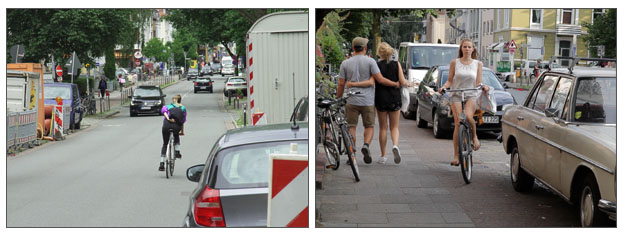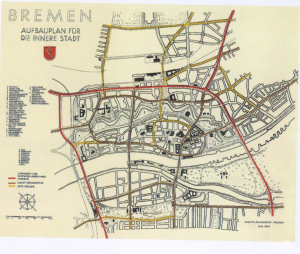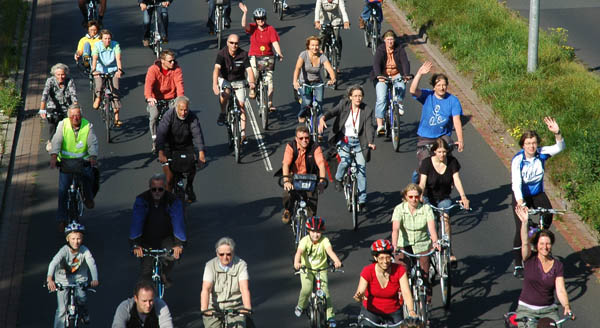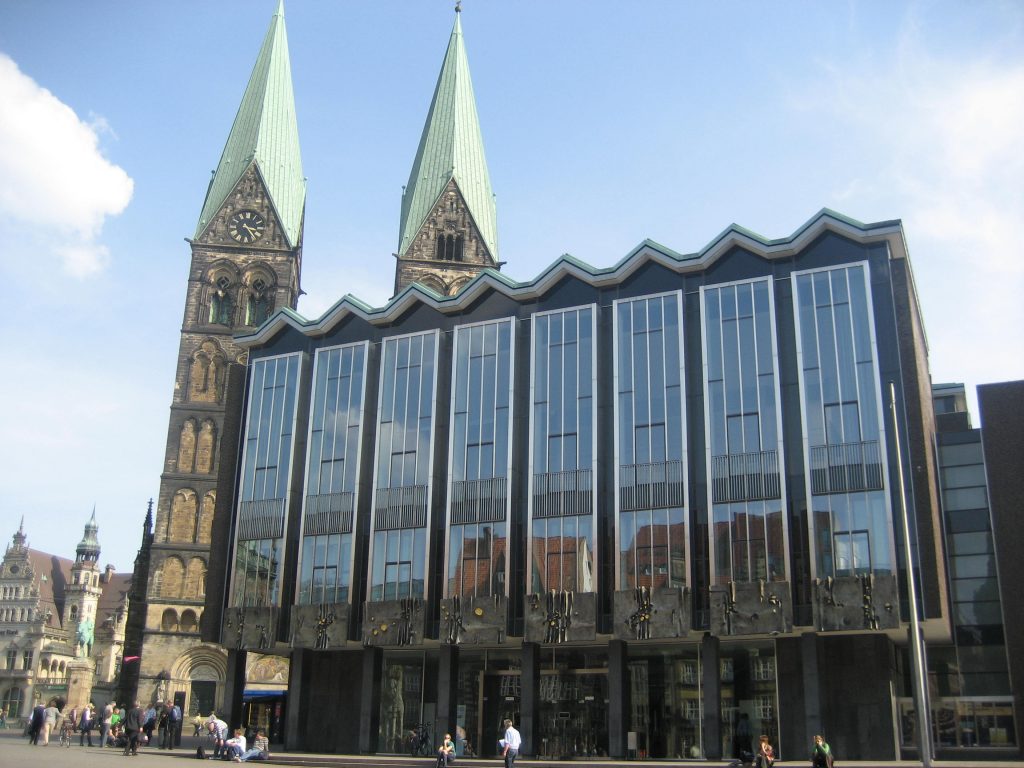Bremen has a long history of developing tools that have been proven to encourage and enable more people to cycle. The first German cycle path was built here in 1897, cycle streets were invented in Bremen in the 1970s, as was contra-flow cycling on one-way streets. More recently, cycle neighbourhoods have been developed, and mandatory bike lanes built.

But there is one “tool” that has proved to be particularly unhelpful. In Bremen, it gets used yet is largely unknown. In the wider world it is recognised as a damaging idea that has set back a number of countries by decades. It is called vehicular cycling (VC). Continue reading Sorting Bremen’s Cycling Advocacy Toolbox


